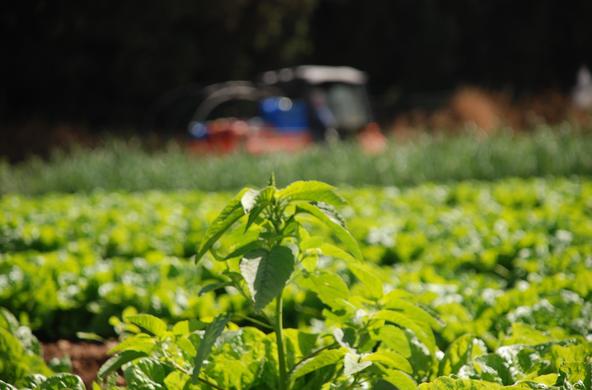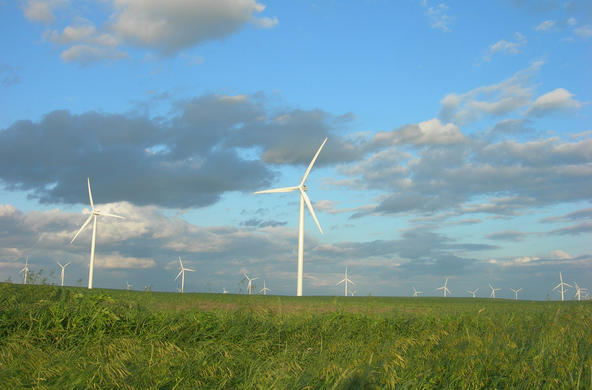Now that it is legal in many areas, marijuana is often cultivated in controlled conditions, such as greenhouses, increasingly at the corporate scale. In such conditions, light, water, and growth-enhancing substances from exogenous sources can be supplied at optimized levels. Artificial lighting replaces sunlight; at least one study more than a decade ago estimated that the cultivation of cannabis indoors accounted for 1% of electricity use in the United States. Marijuana is now big business.
Per kilogram of finished product, the cultivation of marijuana in the United States emits up to 5.2 kg of carbon dioxide (or its equivalents), compared to wheat (0.52), corn (0.47) and onions (0.17). A kilogram of cannabis has the climate impact of a pork roast (5.8). Greenhouse growth of marijuana exceeds the carbon dioxide emissions of tomatoes (2.2) and lettuce (3.7) grown in similar conditions. Most of the energy used to grow marijuana indoors stems from electricity for high-intensity growth lights. Often substantial irrigation is required as well.
Like it or not, marijuana is here to stay, so it would behoove us to minimize its environmental impact, especially its carbon footprint on the climate. There is much to say in favor of its traditional cultivation outdoors, with modest soil supplements to enhance growth.
With every toke you take, you warm the climate. If you care about the planet, stay at home and eat onions.
References
Clune, S., E. Crossin and K. Verghese. 2012. Systematic review of greenhouse gas emissions for different fresh food categories. Journal of Cleaner Production 140: 766-783.
Mills, E. 2012. The carbon footprint of indoor cannabis production. Energy Policy 46: 58-67
Shrestha, P. and 7 others. 2020. Life-cycle assessment of wheat production, and wheat-based crop rotations. Journal of Environmental Quality 49: doi: 10.1002/jeq2.20158
Summers, H.M., E. Sproul and J.C. Quinn. 2021. The greenhouse gas emissions of indoor cannabis production in the United States. Nature Sustainability 4: 644-650.






